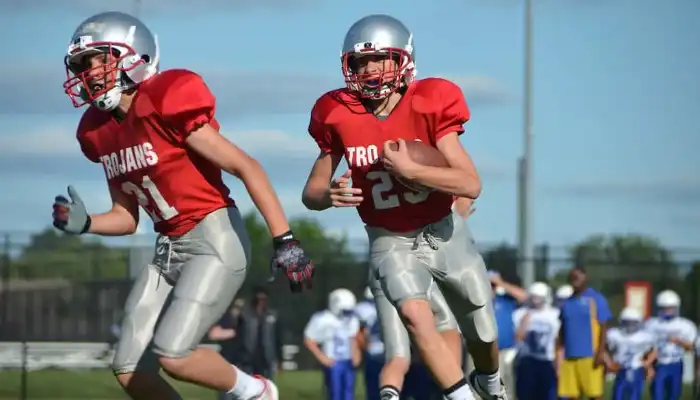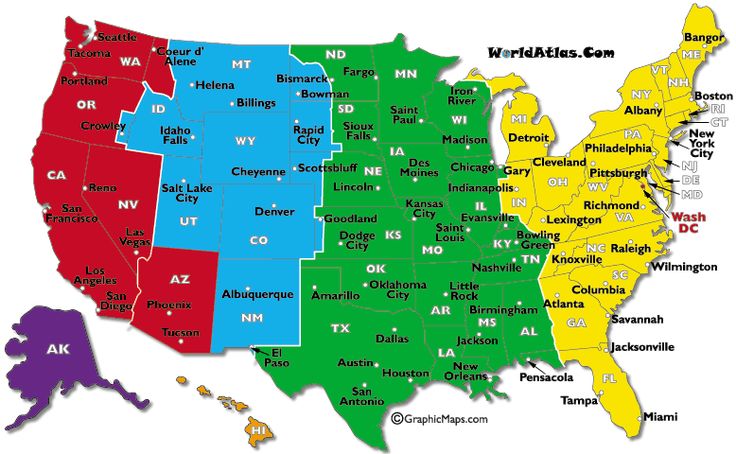What Does Safety Do In Football

When it comes to the intricacies of football, understanding the roles of each position on the field is crucial for appreciating the game’s depth and strategy. One position that often flies under the radar but plays a pivotal role in a team’s defensive backbone is the safety. Safeties are part of the secondary defense and are key to preventing deep passes and stopping advances in the running game. But what exactly does a safety do in football, and how do they contribute to their team’s overall defensive strategy?
Primary Responsibilities
Deep Coverage: One of the primary roles of a safety is to provide deep coverage against long pass plays. They position themselves farthest from the line of scrimmage in the defensive backfield, acting as the last line of defense. Their ability to read the play and cover ground quickly is essential in thwarting long passes and preventing touchdowns.
Support in the Run Game: While their primary role involves pass coverage, safeties are also expected to support against the run. They must quickly diagnose running plays and come up to the line of scrimmage to fill the gaps and tackle ball carriers. This support is crucial in preventing run plays from breaking through to the secondary.
Assist in Short Coverage: Depending on the defensive scheme, safeties may also be involved in covering shorter areas of the field. This can include covering receivers on short routes or providing underneath coverage in zone defenses.
Tackling: Safeties must be reliable tacklers. Given their last line of defense role, missed tackles can result in significant gains for the offense. Their tackling skills are paramount in limiting the offense’s progress.
Reading the Play: The ability to read the play quickly and make decisions is vital for safeties. They need to understand when to stay deep and when to come up in support, based on the offense’s formation and the initial action of the play.
Types of Safeties
There are generally two types of safeties in modern football:
Free Safety (FS): The free safety tends to be the deeper of the two safeties, focusing primarily on pass coverage. They often have more freedom to roam and make plays on the ball, hence the name. Their role requires excellent ball skills and the ability to cover a lot of ground.
Strong Safety (SS): The strong safety tends to play closer to the line of scrimmage and is often more involved in the run game. They may be used as an extra defender in the box or as a blitzer. Their role requires physicality and the ability to tackle effectively.
Importance in Defensive Strategy
The safety position is crucial in modern defensive strategies. Their versatility allows defensive coordinators to employ various schemes, from man-to-man coverage to complex zone defenses. The ability of safeties to read the game, cover receivers, and support the run can significantly impact the effectiveness of a defense.
In addition, safeties often serve as the quarterbacks of the defense, making adjustments and calls based on the offense’s alignment and shifts. Their communication skills and understanding of the defensive scheme are essential for aligning the defense correctly and making adjustments during the game.
Conclusion
The role of a safety in football is multifaceted and critical to a team’s defensive success. From providing deep coverage against passes to supporting the run game, safeties are adaptable players who must have a comprehensive understanding of the game and excellent physical skills. As defensive strategies continue to evolve, the importance of safeties in executing these strategies and making game-changing plays will only continue to grow.
What are the primary responsibilities of a safety in football?
+The primary responsibilities of a safety include providing deep coverage against long passes, supporting the run game by filling gaps and tackling, and reading the play to make quick decisions.
What is the difference between a free safety and a strong safety?
+A free safety tends to focus more on pass coverage, playing deeper and covering more ground, while a strong safety plays closer to the line of scrimmage, is more involved in the run game, and may be used as an extra defender or blitzer.
Why are safeties important in defensive strategy?
+Safeties are crucial because they provide versatility, allowing for various defensive schemes. Their ability to cover passes, support the run, and make adjustments based on the offense’s alignment is essential for the defense’s effectiveness.



